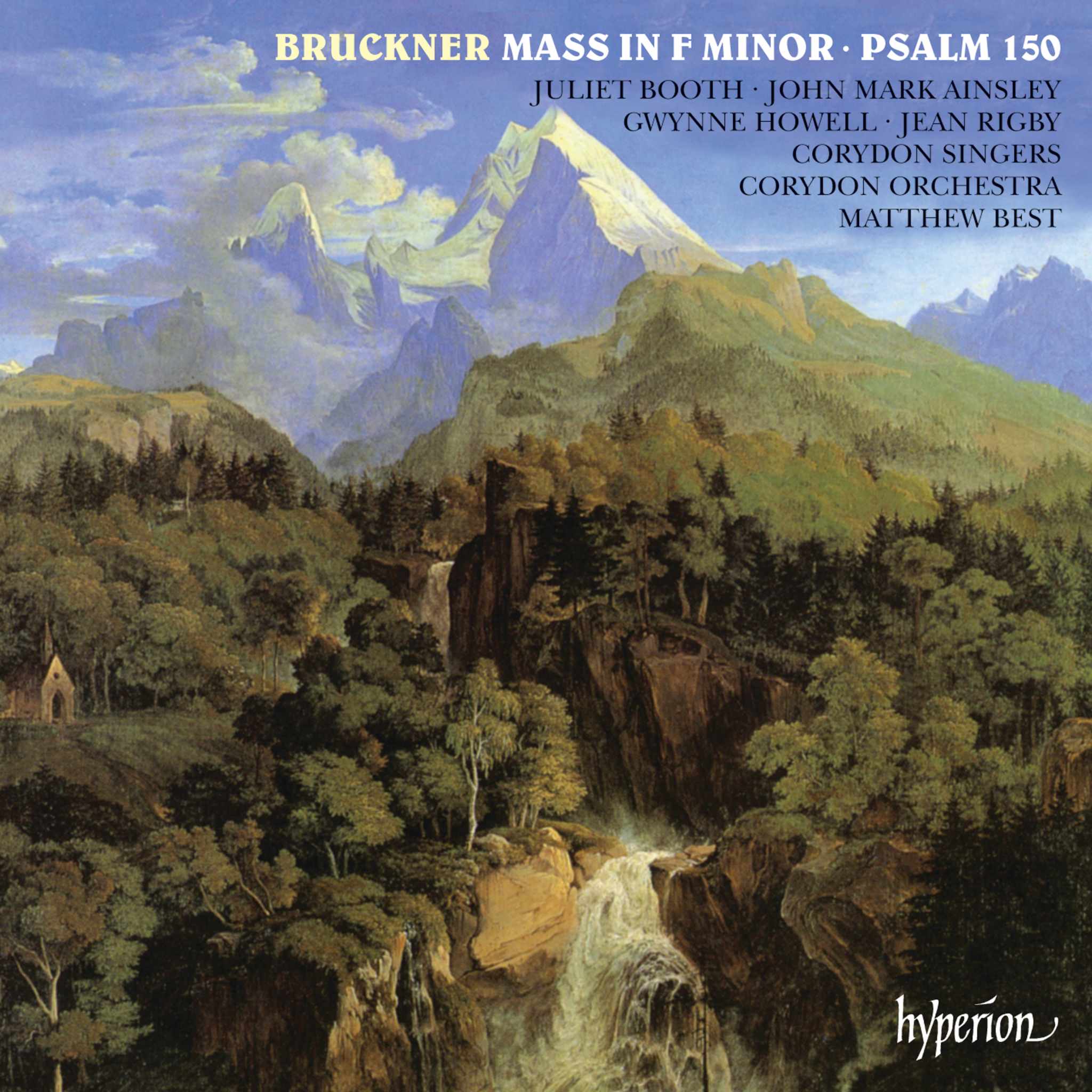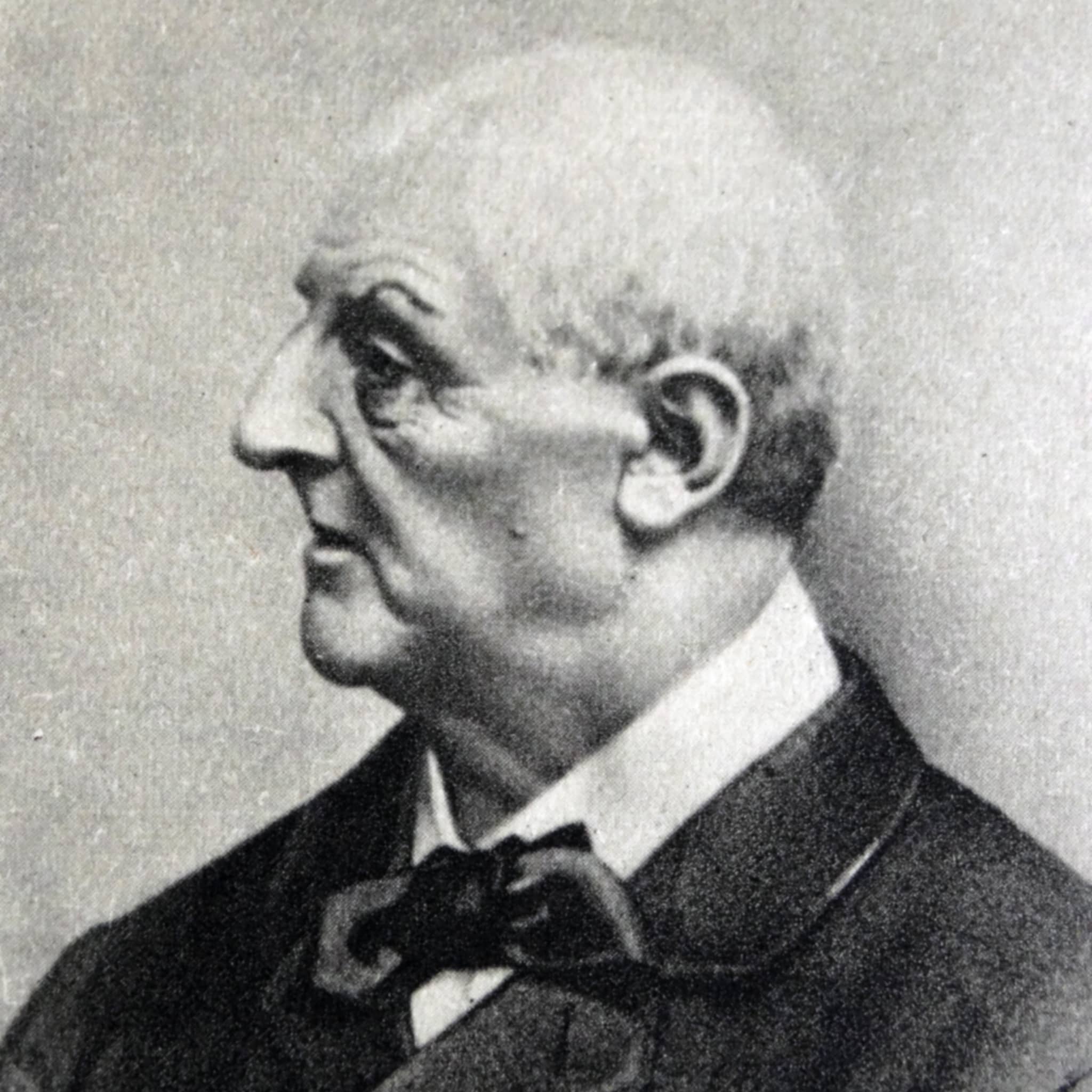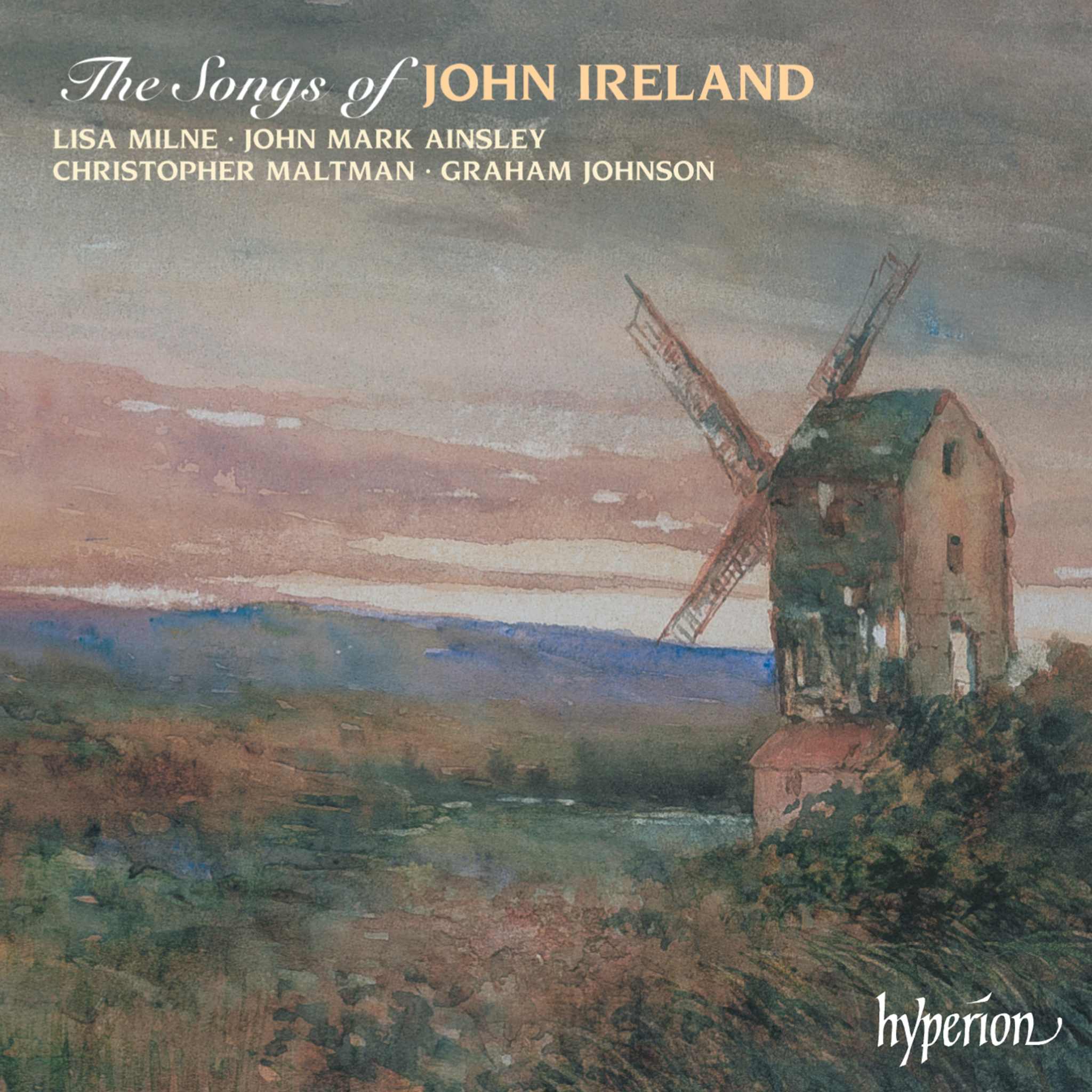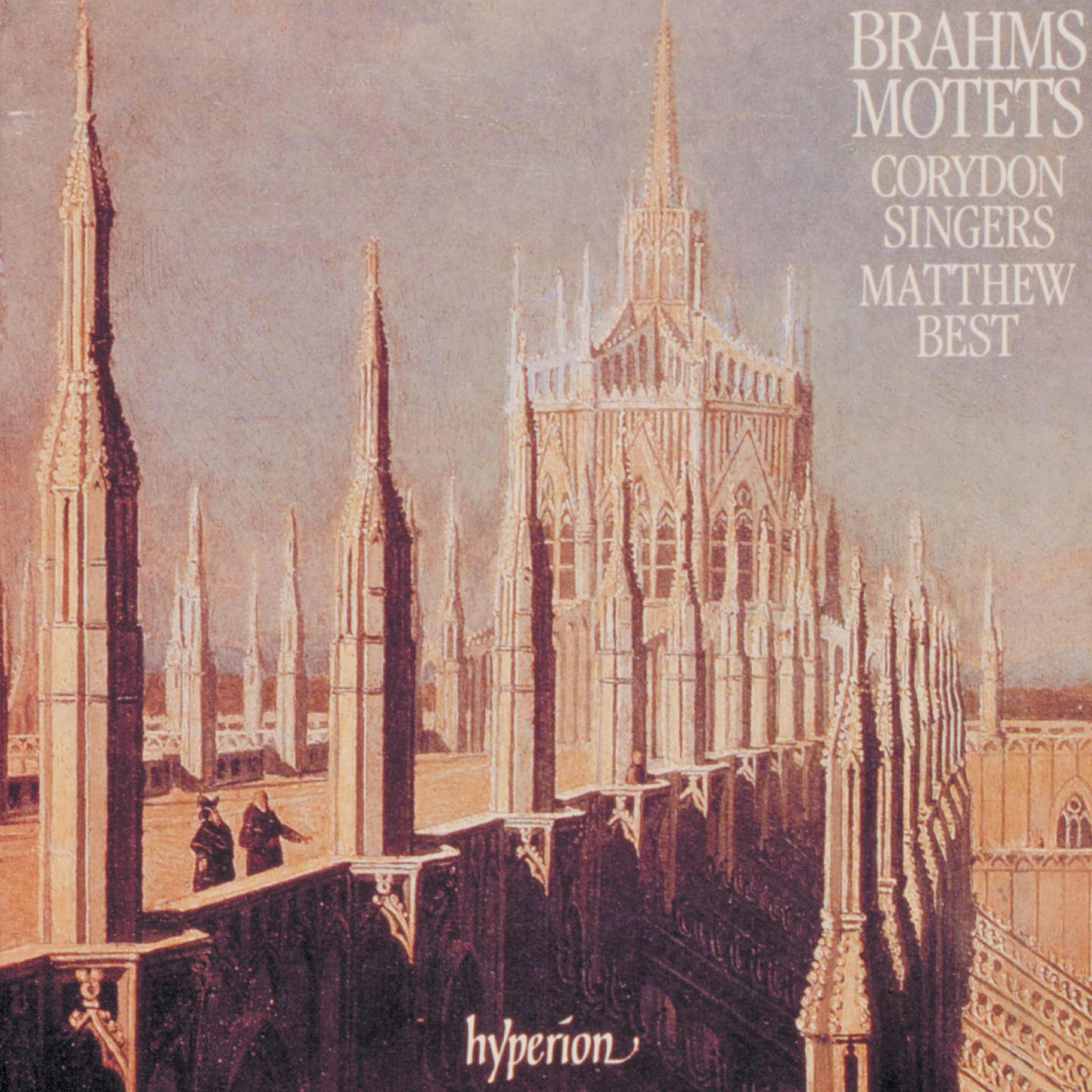Album insights
Frank Martin (1890–1974) began composing at the age of eight and by twenty he dedicated himself to a musical career, leaving behind his studies in math and physics. His professional debut came at the Swiss Composer Festival in 1911. Ernest Ansermet, a notable conductor, was impressed by Martin's work and became a devoted mentor. Martin's breakthrough moment arrived with his completion of the oratorio "Le vin herbé" in 1941. Initially hesitant to showcase his compositions, Martin later became prolific, blending influences from various musical eras into his distinct style.
Unlike his meticulous contemporaries like Dukas and Duruflé, Martin refrained from incessantly altering his compositions and strived to establish a unique musical identity. Integrating significant musical developments from previous centuries, he crafted a language that intertwined various influences. From his early works like the Violin Sonata, Opus 1, to the standout pieces such as the Double Chorus Mass, Martin's compositions showcased individuality and excellence. His meticulous approach extended to the Requiem for piano, vocal ensemble, and orchestra, where he embraced the use of the clavier as an ensemble instrument.
Despite his poignant Christian faith, Martin hesitated to unveil his compositions publicly, influenced deeply by Bach's music. This internal conflict led him to keep significant works like the Mass for Double Choir hidden for decades. A profound believer and deeply spiritual man, Martin saw his compositions more as dialogues with God rather than public displays. Enriched by his strong Christian background, Martin's poetic compositions, particularly the Mass, reflected a unique spiritual intensity.
Ildebrando Pizzetti (1880–1968), in stark contrast to Martin, early in his career avoided the emotional excesses of Italian operatic traditions and immersed himself in Gregorian chants and polyphonic styles of the 15th and 16th centuries. Inspired by his upbringing in a musical family, Pizzetti's compositions favored a more subdued melodic approach, notably displayed in works like the celebrated Messa di Requiem. Known for his masterful choral writing, Pizzetti intertwined traditional chants with Renaissance-inspired polyphony, exuding spiritual depth in his compositions.
Pizzetti's affinity for choral works was especially evident in his Requiem Mass, a stunning piece that echoed spiritual fervor akin to Martin's Mass. Both composers' eclectic choral compositions from the 1920s shared acapella textures, embodying a profound exploration of liturgical music. Utilizing Gregorian influences, the Requiem featured sublime choral arrangements and masterful harmonies, enhancing the profound reverence encompassed in the Requiem theme.
Pizzetti's Requiem, like Martin's Mass, intertwined traditional sacred motifs into intricate polyphony, capturing the essence of spiritual devotion through inspired choral writing. Despite Pizzetti's enigmatic temperament, his musical legacy endured, notably in the realm of choral compositions, where he showcased a unique synthesis of ancient vocal traditions and innovative harmonies.
Marc Rochester © 1998










